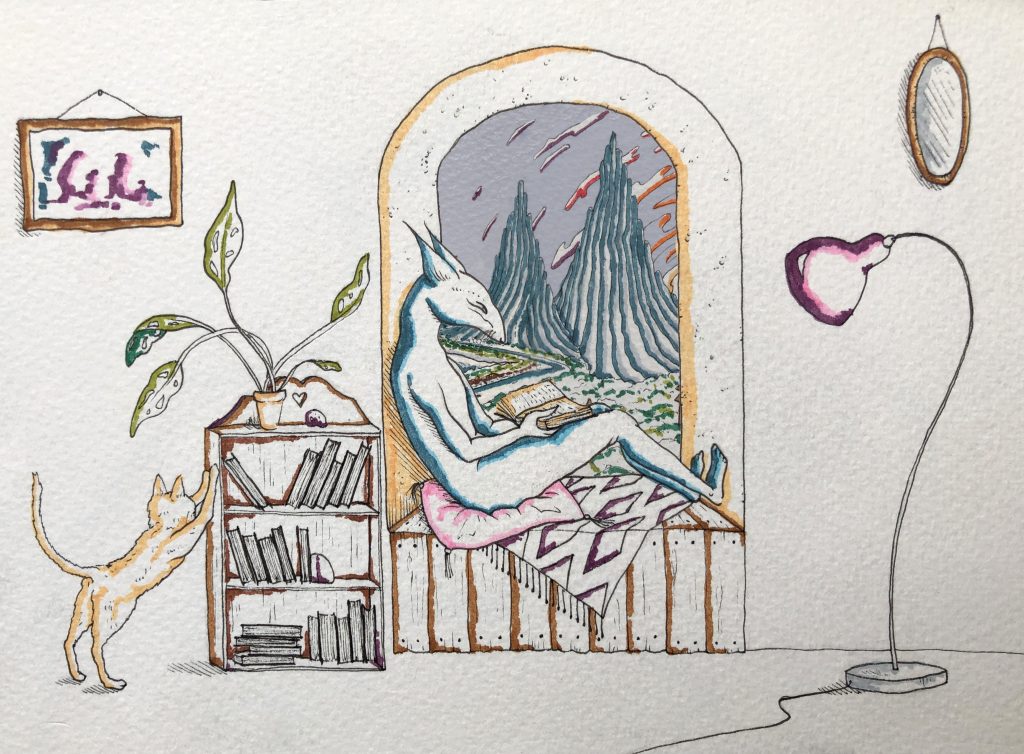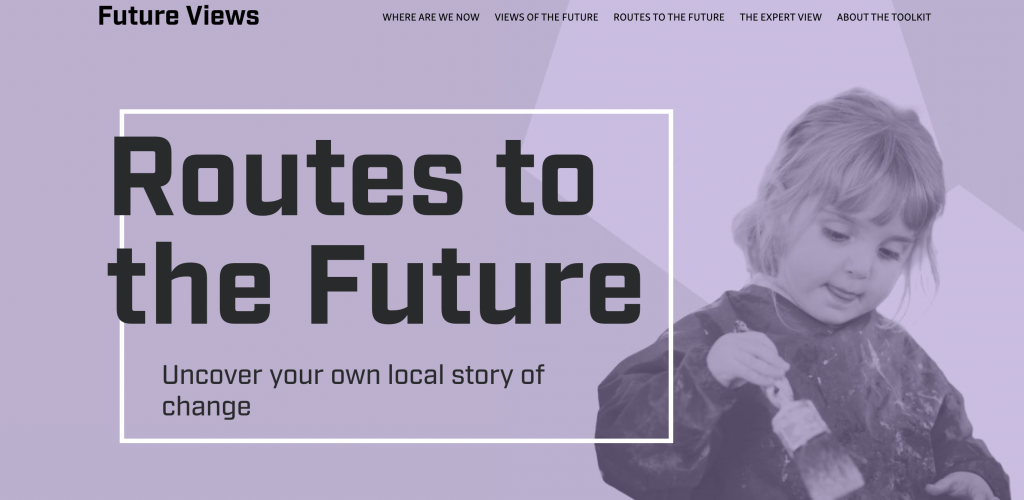
Imagining futures can be much more effective if you focus on a particular and familiar place. Using the geography, history and cultures of a place can help root the dreaming process in reality, making it more concrete for young people. You can think about how its environment provides a supply of food, materials and knowledge for innovation, as well as threats from impacts of the Earth crisis.
Developed economies have become more globalised, importing and exporting energy, raw materials, products and people over far greater distances. This creates benefits in many ways but this system is vulnerable to shocks such as climate change and pandemics, and it makes ‘externalities’ such as exploitation of workers and polluting of land much easier to hide.
In our pilot Imagine Futures workshop, we focused on two wildlife sites in Norwich, thinking about how road development and climate change are affecting nature and places.
The following approaches to place-making are beneficial for people, other species and the climate.
- Regeneration of places should aim to make them more resilient to these shocks, more than selling property at inflated prices or attracting tourists.
- See places as bioregions rather than as administrative districts. A bioregional economy pays attention to local watersheds, and other ‘sheds’ relating to food, energy and soil, and how they overlap and interact. Is there an active bioregional project in your area you can join? Or if not, form one.
- Work to regenerate multi-species habitats, starting small and local, supporting others in other places with large scale challenges. If you support a tree-planting project for offset reasons, ensure that it is not mono-culture plantations but that it is rewilding the land in a biodiversity-first way.
- Support work to make cities places where people, places and nature are better connected, such as National Park City or Biophilic Cities.
Here are two workshop templates that you could use with groups to imagine the futures of places. The first focuses on creativity and culture in a place, so could suit youth & school groups working on arts subjects. The second is a good resource for Geography or environmental science.
Routes to the Future workshop
The workshop process from the Flow Associates Future Views project, which supported groups of young people and cultural workers from a place to travel into the future exploring how to create a thriving, creative community. They return to the present day and make pledges to each other (young people to cultural workers, and vice versa) about what they will do to build this future. You can download slides and instructions from this link.

Map Our Possible Place workshop
This workshop is for secondary and older groups to explore the geography of their place and to imagine how it can be looked after or redesigned in future to better adapt to the impacts of the Earth crisis. The slides below include instructions on how to run the workshop. See the result of mapping Norwich using this approach with a team from Climate Museum UK.